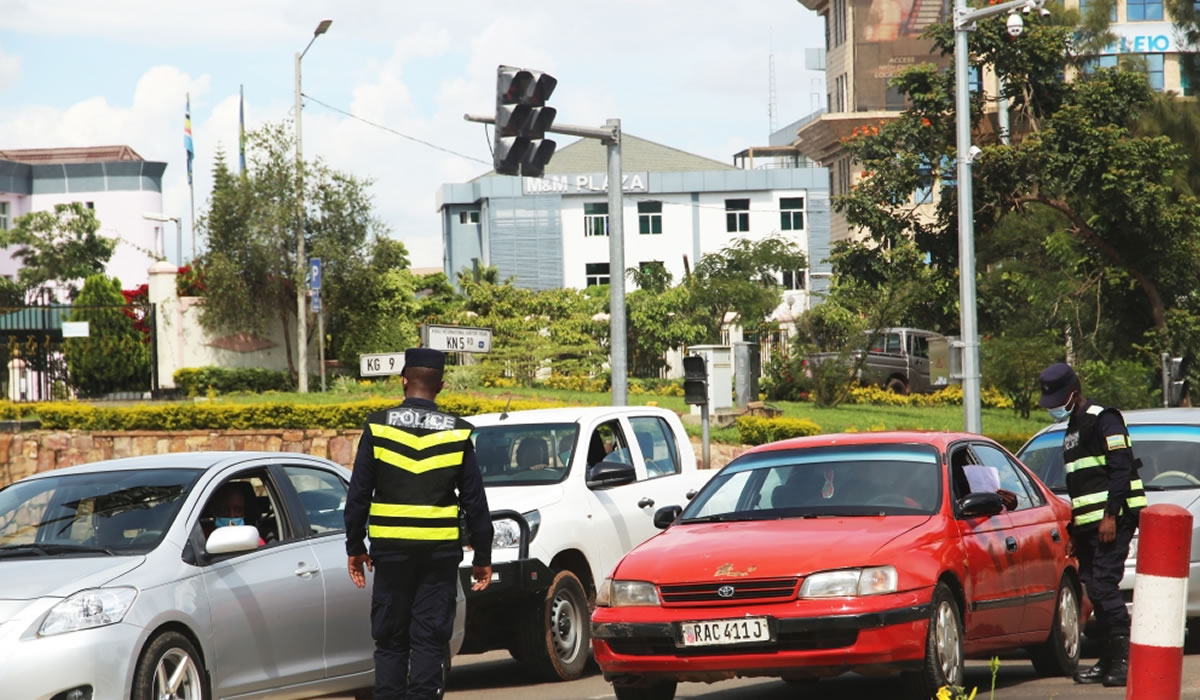Rwanda is a breathtaking travel destination that offers stunning landscapes, rich culture, and diverse wildlife…

Traffic Rules and Regulations in Rwanda.
Rwanda has made significant strides in developing and enforcing traffic rules and regulations to ensure road safety and efficient transportation. These regulations are designed to protect all road users, including drivers, passengers, pedestrians, and cyclists. This article provides a comprehensive overview of Rwanda’s traffic laws, enforcement mechanisms, and initiatives aimed at promoting road safety.
Historical Context and Legal Framework
The foundation of Rwanda’s traffic regulations is rooted in several key legislative documents. The Presidential Decree No. 85/01 of September 2, 2002, established general traffic police and road traffic regulations, serving as a cornerstone for road safety policies. This decree has undergone modifications and complements, notably by Presidential Order No. 25/01 of February 25, 2015, to adapt to evolving transportation needs and challenges.
In addition to national laws, Rwanda is a signatory to international conventions, such as the Vienna Convention of November 8, 1968, relating to road traffic, aligning its regulations with global standards.
Driving Orientation
Rwanda adheres to a right-hand traffic system, meaning vehicles drive on the right side of the road. This system is consistent with several neighboring countries, facilitating regional transportation and reducing confusion among drivers crossing borders.
Speed Limits
Speed regulations in Rwanda are categorized based on the area and type of road:
- Urban Areas: The speed limit typically ranges from 40 to 50 km/h (25-31 mph), considering the higher density of pedestrians and vehicles.
- Rural Areas: Speed limits vary between 60 to 80 km/h (37-50 mph), depending on road conditions and traffic flow.
- Highways: On major highways, the speed limit generally ranges from 80 to 100 km/h (50-62 mph).
These speed limits are enforced rigorously, with traffic police utilizing speed guns and other monitoring tools to ensure compliance.
Seat Belt and Helmet Regulations
The use of seat belts is mandatory for all vehicle occupants, regardless of their seating position. This regulation aims to reduce fatalities and serious injuries in the event of accidents. Similarly, motorcyclists and their passengers are required to wear helmets at all times, reflecting the country’s commitment to safeguarding vulnerable road users.
Driving Under the Influence
Rwanda enforces strict laws against driving under the influence of alcohol or drugs. The legal blood alcohol concentration (BAC) limit is set at 0.08%. Offenders face severe penalties, including fines, imprisonment, and suspension of driving privileges, underscoring the nation’s zero-tolerance policy towards impaired driving.
Licensing and Vehicle Requirements
To legally operate a vehicle in Rwanda, drivers must possess a valid driving license. The process of obtaining a license involves theoretical and practical examinations to ensure drivers are well-versed in traffic laws and competent in vehicle handling. Foreign drivers are permitted to use international driving permits for a specified period before transitioning to a Rwandan license.
Vehicles must undergo regular inspections to certify roadworthiness. These inspections check for mechanical soundness, adherence to emission standards, and the presence of essential safety equipment. Maintaining valid insurance coverage is also a legal requirement, providing financial protection in case of accidents.
Traffic Signs and Signals
Rwanda’s road network is equipped with standardized traffic signs and signals that conform to international conventions. These signs provide crucial information and warnings to road users, promoting orderly and safe traffic flow. Drivers are expected to familiarize themselves with these signs and adhere to their instructions diligently.
Enforcement and Penalties
The enforcement of traffic laws in Rwanda is primarily the responsibility of the Traffic Police Department. Officers conduct regular patrols and set up checkpoints to monitor compliance with traffic regulations. Common violations, such as speeding, reckless driving, and unauthorized use of mobile phones while driving, attract fines and, in severe cases, imprisonment. Repeat offenders may face escalated penalties, including longer license suspensions and higher fines.
Road Safety Initiatives
In a bid to enhance road safety, the Rwandan National Police launched the “Gerayo Amahoro” (Arrive Safely) campaign on May 13, 2019. This 50-week initiative aimed to educate road users on safe practices and reduce road accidents attributed to ignorance. The campaign employed various outreach methods, including social media, advertisements, religious community engagements, and school programs. Religious groups, such as Islam, Catholic, Protestant, and Adventist communities, actively participated by disseminating road safety messages during gatherings. The campaign yielded positive outcomes, with official police data indicating a 17% decrease in road crash rates since its inception.
Public Transport Regulations
Public transportation drivers in Rwanda are subject to a specific code of conduct outlined in regulatory documents. These guidelines emphasize professionalism, safety, and courteous behavior towards passengers. Drivers are required to adhere to designated routes, maintain schedules, and ensure their vehicles meet safety standards. Violations can result in penalties, including suspension or revocation of operating licenses.
Future Prospects
Rwanda has contemplated aligning its driving orientation with neighboring East African Community (EAC) countries, which predominantly drives on the left side of the road as is the case with Uganda, Kenya, Tanzania and Burundi.



